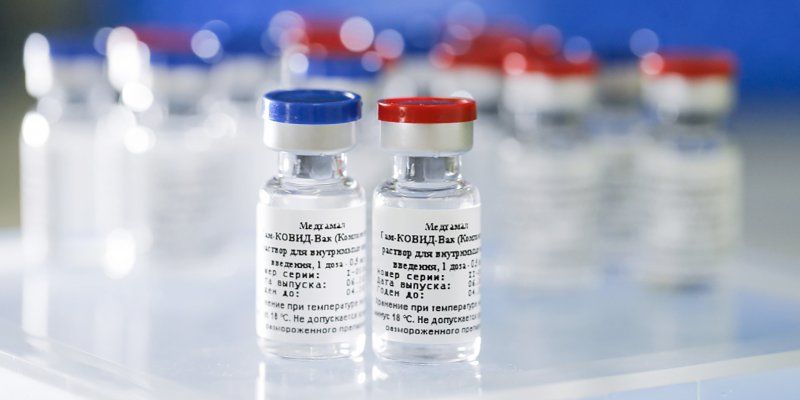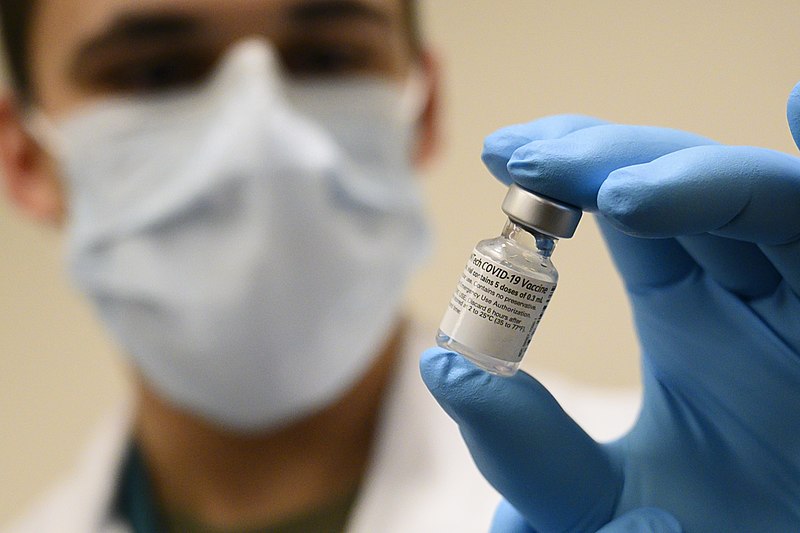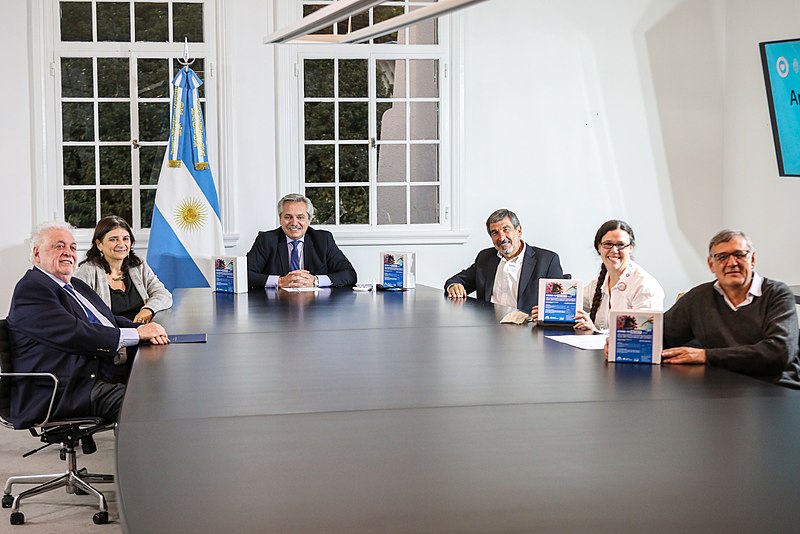Take it, or Go Without: Sputnik-V and Global Vaccine Access

When Russia became the first nation to approve a Russian-made COVID-19 vaccine in August 2020, the move was met with considerable backlash.
At the time, medical experts expressed concern over Russia’s regulatory approval of the “Sputnik-V” vaccine as it came before completing Phase III trials. Phase III clinical trials involve large-scale inoculations of volunteers; a step needed to test the “efficacy and safety” of any vaccine, according to the US Center for Disease Control and Prevention (CDC).
Dr. Anthony Fauci, America’s top infectious disease expert, said he had “serious doubts” about the efficacy of the vaccine. Many vaccine scientists, including American scientist Peter Hotez and UK scientist Francois Balloux, seriously questioned the efficacy of the vaccine.
Now six months later, one study in the British medical journal the Lancet has revealed that the vaccine is almost 92 per cent effective according to early results. Russia’s Phase III testing, launched in the fall, involved about 20,000 people in Russia. Despite having a seal of approval from scientists, it remains unlikely that those in developed countries will rush to purchase the vaccine.
Vaccine development and inoculation strategies are still, to an extent, divided along geopolitical lines. Some have noted parallels to the Cold War. Even the vaccine’s name, Sputnik-V, is a reference to Sputnik-1, the Soviet space satellite launched in 1957 — a time best known for the “Space Race” between the USA and the USSR. The infamous “Space Race” was an opportunity for Russia to develop its observational and missile-launching capacity through the development of space-fare. However, contemporary Russia’s attempts seem to suggest an approach towards growing its “soft power” influence by increasing its competitiveness in the international market and thus promoting its technological prowess.
Today, as vaccine rollouts are underway, the geopolitical divide is most notable when comparing perceptions about the Sputnik-V vaccine between those in developed and developing countries.
In an August 2020 poll of 1,516 Canadians and 1,003 Americans done by Leger, a Canadian polling and market research firm, 68 per cent of Canadians and 59 per cent of Americans indicated they would not take the Sputnik-V vaccine if a free dose were offered to them. Hungary is the only European nation in the EU to begin using of the Sputnik-V vaccine.
Perceptions in developing countries are curiously more mixed. Another August 2020 poll of 410 Mexicans citizens by the Spanish-only newspaper El Financiero found that a Russian-based vaccine was viewed most favourably among citizens, with 32 per cent of respondents “very confident” and another 34 per cent “confident” in a Russian vaccine candidate. These mixed perceptions can be attributed to a growing amount of disinformation campaigns around vaccines and targeted campaigns from nations like Russia.
Meanwhile, a dozen countries have approved the Sputnik-V vaccine for emergency use in their respective nations, mostly developing nations. The Gamaleya Center, a Russian medical research facility, has reported that requests for 1.2 billion doses of the Sputnik-V vaccine have come from 50 countries.
Cold War geopolitics, while certainly interesting, are less relevant today to how reactions to the COVID-19 pandemic disproportionally exclude developing countries.
Attempts at collaborative efforts by the international community have not been successful. Early in the pandemic, the international community considered working together to develop and manufacture safe and ultimately, accessible vaccines under the WHO’s COVAX initiative. Yet, both Russia and the US under the Trump administration opted out of membership. China also initially declined to join the alliance until October 2020. While 184 countries, developed and developing, eventually came together to join the COVAX alliance, the choice of countries like Russia and the USA to opt-out was understood by experts to be yet another example of geopolitics as usual. But more importantly, it also sent a message to those in the developing world: “You’re on your own.”

Economists might argue that this competition has driven scientific innovation for the benefit of the international community. But while the number of vaccines has increased, global inequalities have become more evident, especially during the inoculation phase. In the US, Operation Warp Speed is a $10 billion USD effort to fund and buy vaccine candidates from manufacturers predominantly in developed countries for its own population. Canada has procured nearly 80 million doses of the Pfizer vaccine alone, enough to inoculate the whole country of 38 million people. The EU recently announced export controls on COVID-19 vaccines. The measure was done to ensure “timely access” to vaccines for EU citizens. But experts are concerned about a clause in the measures which would allow member states to restrict exports of EU-made COVID-19 vaccines if the manufacturer in question has not fulfilled their contract with the EU.
Meanwhile in the developing world, one study has shown that one in four people classified in the poorest nations, according to the World Bank income classifications, will have to wait until at least 2022 to get vaccinated.
The COVAX initiative, on which many nations in the developing world were initially relying to procure vaccines, has only secured 200 million doses in a legally binding agreement. GAVI, the vaccine alliance helping coordinate the COVAX initiative, has insisted there are agreements in place for another 500 million vaccines, but these agreements are not legally binding. This is due in part to a lack of funding for COVAX and on account of richer countries buying up the limited number of available vaccines. In mid-August 2020, the USA alone procured 800 million doses of six vaccines that were in development.
This has forced many developing nations to take what they can get in terms of vaccines, even if the vaccine in question is the controversial Sputnik-V.

Nations like Argentina are opting for the Sputnik-V vaccine rather than its Western counterparts simply because it is what they can procure in such a limited amount of time. And while developed nations like Canada have promised to donate their excess vaccines to the Global South, vulnerable populations cannot afford to wait for richer nations to inoculate all of their citizens first. In Argentina alone, nearly 45,000 people have died of COVID-19. Like many developing nations, they cannot afford to be concerned with geopolitical perceptions.
The truth is, no nation can afford to continue such an isolated and ideologically divided approach to inoculation. A virus like COVID-19 does not account for geopolitical views or wealth. It permeates every society — developed or developing.
There are some signs of this ideological divide being put aside for the sake of science. In December, vaccine manufacturer AstraZeneca announced its intentions to pursue trials to determine if one dose of the AstraZeneca vaccine could be combined with a Sputnik-V dose to improve vaccine efficacy. The incoming Biden administration is also predicted to consider joining COVAX, although no announcement has been made.
These actions, while significant, do not lessen the disparities between richer and poorer nations. It is therefore essential for countries to remember that where health is concerned everyone is, in fact, in it together. If nations continue to pursue exclusionary and politically divisive strategies when it comes to vaccine rollout the only victors will be the virus itself.
The featured image, the “Sputnik V” vaccine by Mos.ru/Wikimedia Commons is licensed under Creative Commons Attribution 4.0 International. No changes were made.
Edited by Emily Jones
